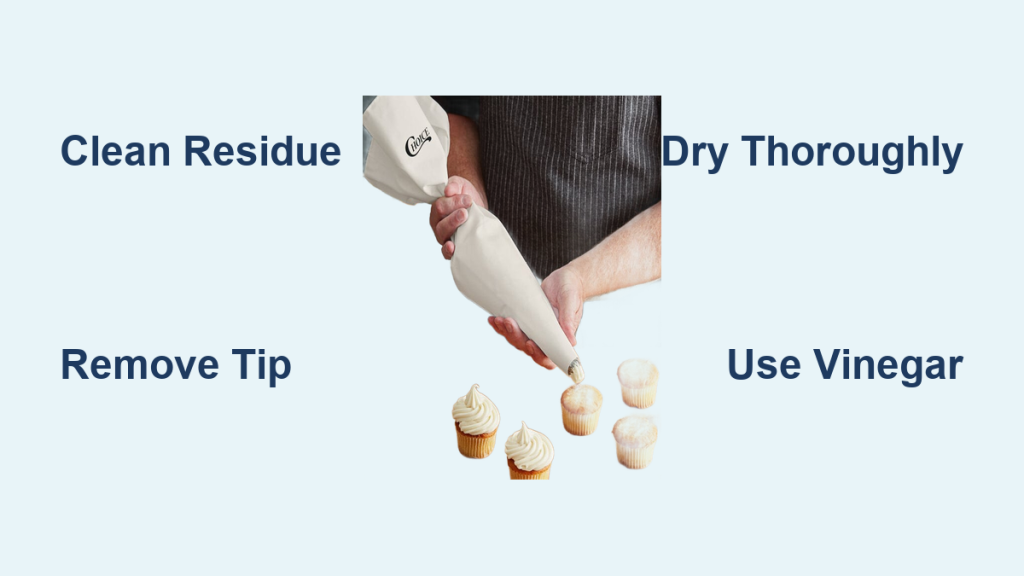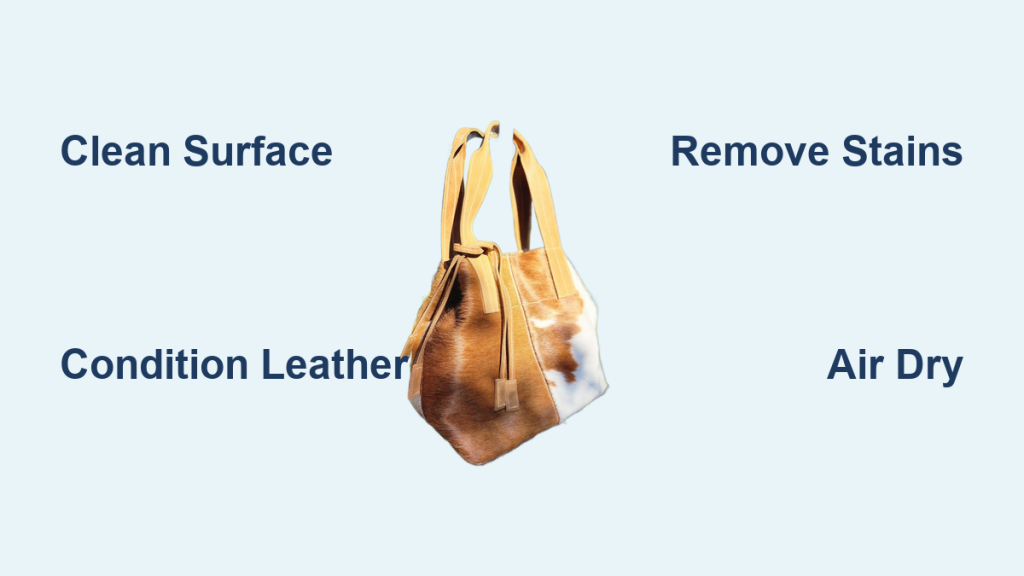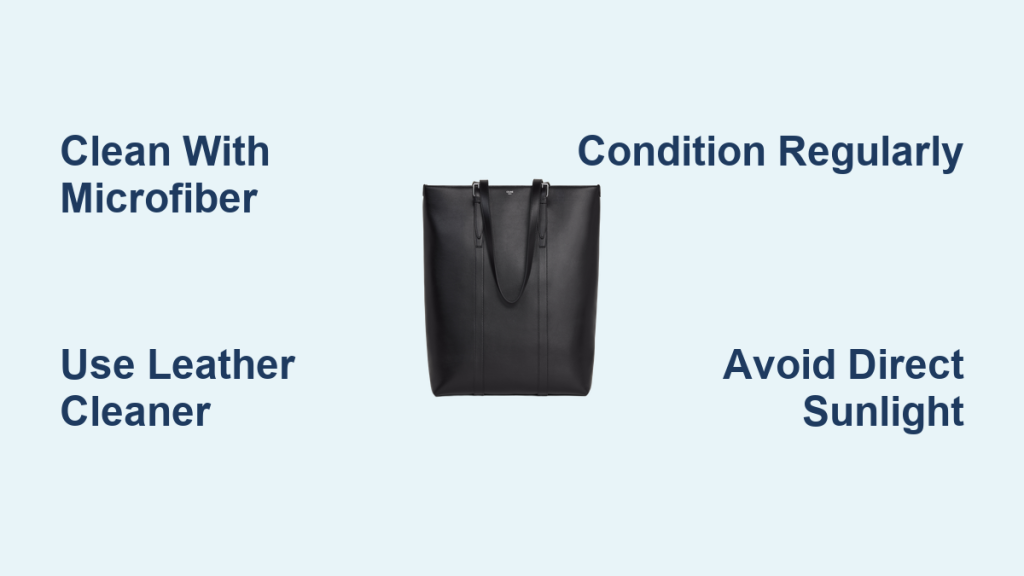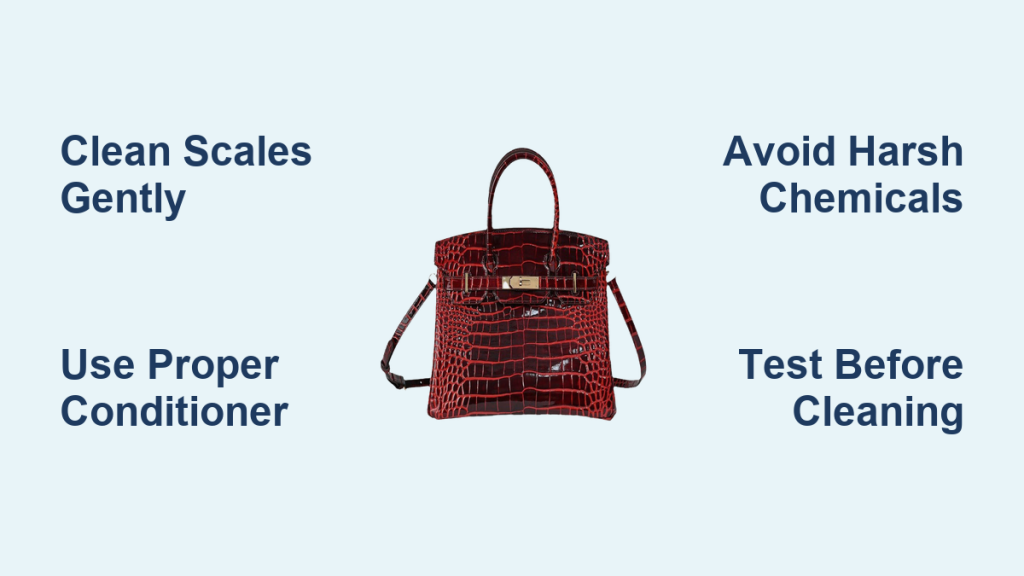It’s incredibly frustrating when your piping bags become clogged, stained, or harbor bacteria, hindering your baking and decorating creativity. A dirty piping bag can ruin frosting consistency and even pose a health risk. Fortunately, cleaning them doesn’t have to be a daunting task. This guide will walk you through several methods, from quick rinses to deep cleans, ensuring your piping bags remain hygienic and ready for your next masterpiece. We’ll start with a quick fix for immediate use, then dive into comprehensive cleaning techniques to keep them in top condition.
This comprehensive guide will cover everything you need to know about cleaning both reusable and disposable piping bags, including preventative measures, tackling stubborn clogs, and proper storage. By the end, you’ll have the confidence to maintain your piping bags and ensure they’re always ready for action, delivering flawless decorating results every time.
Common Causes of Dirty Piping Bags
Understanding why piping bags get dirty helps you prevent it. Here are the most common culprits:
- Frosting/Icing Residue: The most obvious cause – sugar crystallizes and builds up inside the bag.
- Fat Content: Buttercream and other high-fat frostings leave greasy residue that attracts bacteria.
- Food Coloring: Gel and liquid food colorings can stain the bag’s material.
- Lack of Immediate Cleaning: Leaving frosting in the bag for extended periods allows it to harden and become more difficult to remove.
- Improper Storage: Storing damp or dirty bags encourages bacterial growth.
How to Clean Piping Bags: Multiple Methods

Here are several cleaning methods, ranging from quick solutions to more thorough approaches. Choose the method that best suits the level of dirt and the type of piping bag you have.
Method 1: Quick Rinse (For Immediate Use)
This is ideal for a fast cleanup after a single decorating session.
Diagnosing the Issue:
Is there just a small amount of frosting left? This method is perfect. If the bag is heavily soiled, move to a deeper cleaning method.
Fix Steps:
- Remove the Tip: Detach the decorating tip from the piping bag.
- Rinse with Warm Water: Turn the bag inside out and rinse thoroughly with warm (not hot) water. Focus on flushing out any remaining frosting.
- Gentle Squeeze: Gently squeeze the bag to help dislodge residue. Avoid harsh scrubbing.
- Dry Thoroughly: Turn right-side out and allow to air dry completely before storing.
Testing:
Inspect the bag for any remaining residue. If clean, it’s ready for reuse.
Method 2: Hand Washing (For Reusable Bags – Deep Clean)
This method provides a more thorough cleaning for reusable bags.
Diagnosing the Issue:
This is best for bags with stubborn residue, stains, or a build-up of grease.
Fix Steps:
- Prepare the Solution: Fill a sink or basin with warm water and a few drops of mild dish soap. Avoid harsh detergents.
- Turn Inside Out: Turn the piping bag inside out.
- Wash Thoroughly: Gently wash the inside and outside of the bag, paying attention to any areas with visible residue. Use a soft brush or cloth to scrub gently.
- Rinse Completely: Rinse the bag thoroughly under warm running water until all soap residue is removed.
- Sanitize (Optional): For extra hygiene, soak the bag in a solution of 1 tablespoon of white vinegar per cup of water for 5-10 minutes.
- Dry Completely: Turn right-side out and hang to air dry completely. You can use a piping bag drying rack or drape it over a clean glass.
Testing:
Ensure the bag is completely dry and free of any soapy or vinegar smell before using.
Method 3: Dishwasher Cleaning (For Reusable, Dishwasher-Safe Bags)
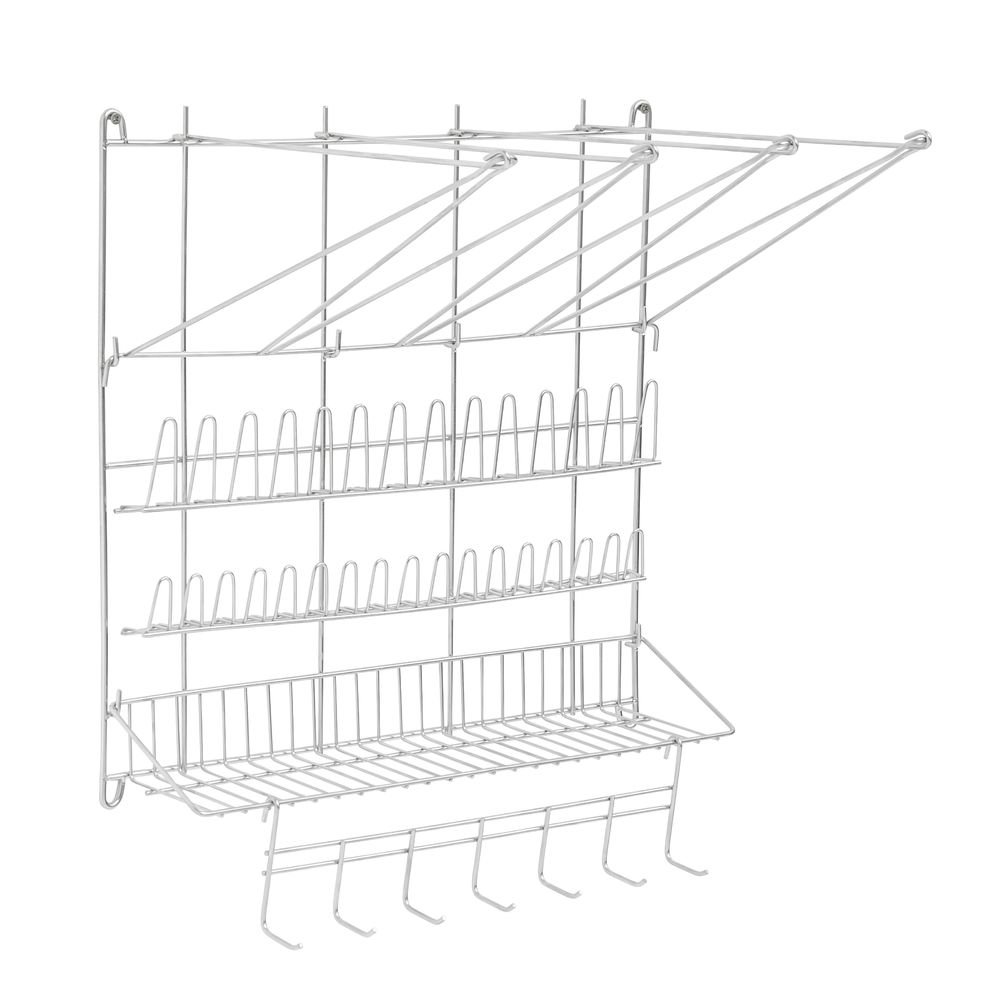
Check the manufacturer’s instructions to ensure your reusable piping bags are dishwasher safe.
Diagnosing the Issue:
This is a convenient option for bags that are labeled dishwasher safe and don’t have extensive staining.
Fix Steps:
- Remove Tip: Remove the decorating tip.
- Place in Dishwasher: Place the piping bags in the top rack of the dishwasher.
- Use Gentle Cycle: Use a gentle cycle with mild detergent.
- Air Dry: Allow the bags to air dry completely. Avoid using the dishwasher’s drying cycle, as the heat can damage the material.
Testing:
Inspect for cleanliness. If residue remains, hand wash as described in Method 2.
Prevention Tips and Maintenance Advice

- Immediate Cleaning: Clean piping bags immediately after each use to prevent frosting from hardening.
- Use Bag Ties: Secure the open end of the bag with a bag tie or rubber band to prevent drying and contamination during use.
- Avoid Overfilling: Overfilling can lead to bursting and create a mess that’s harder to clean.
- Dedicated Bags: Consider using different piping bags for different colors or types of frosting to minimize cross-contamination and staining.
- Proper Storage: Store clean, dry piping bags in a cool, dry place, away from direct sunlight.
Pro Tips
- Stubborn Clogs: For stubborn clogs, try running warm water through the bag while gently massaging it from the bottom up.
- Vinegar Power: White vinegar is excellent for dissolving sugar and grease.
- Drying Rack: Invest in a piping bag drying rack to ensure proper airflow and prevent mildew.
- Silicone Bags: Silicone piping bags are easier to clean than plastic or cloth bags.
- Avoid Abrasive Cleaners: Never use abrasive cleaners or scouring pads, as they can damage the bag’s surface.
- Baking Soda Paste: For stubborn stains, make a paste of baking soda and water, apply it to the stain, let it sit for 15-20 minutes, then rinse thoroughly.
Professional Help Section
While cleaning piping bags is usually a DIY task, consider professional cleaning services if you have a large collection of heavily soiled bags, or if you’re concerned about hygiene in a commercial bakery setting. Contacting a commercial kitchen cleaning specialist can ensure thorough disinfection and sanitation. Costs will vary depending on the volume and condition of the bags.
FAQ Section
Q: Can I use bleach to clean my piping bags?
A: No, bleach can damage the material and leave harmful residue. White vinegar is a safer and more effective alternative.
Q: How do I clean a piping bag with a built-up clog?
A: Try soaking the bag in warm water with a bit of dish soap for 30 minutes, then gently massaging it to loosen the clog. If that doesn’t work, use a small brush or pipe cleaner to carefully dislodge it.
Q: Can I microwave my piping bags to clean them?
A: No, microwaving can melt or damage the piping bag.
Q: How often should I replace my piping bags?
A: Reusable piping bags should be replaced when they show signs of wear and tear, such as cracks, tears, or persistent staining. Disposable bags should be discarded after each use.
Alternative Solutions Section
If you’re struggling with cleaning, consider these:
| Solution | Pros | Cons | Best For |
|---|---|---|---|
| Piping Bag Cleaning Brush | Effectively removes residue, reaches difficult areas | Requires manual scrubbing | Deep cleaning, stubborn residue |
| Disposable Piping Bags | Eliminates cleaning hassle | Not eco-friendly, can be more expensive long-term | Quick decorating sessions, minimal cleanup |
Keep Your Piping Bags Running Smoothly
By following these cleaning methods and preventative measures, you can ensure your piping bags stay in excellent condition, ready to help you create beautiful and delicious treats. Remember, regular cleaning is key to maintaining hygiene, preventing clogs, and extending the life of your piping bags.
Have you tried any of these methods? Share your experience or any additional tips in the comments below!

